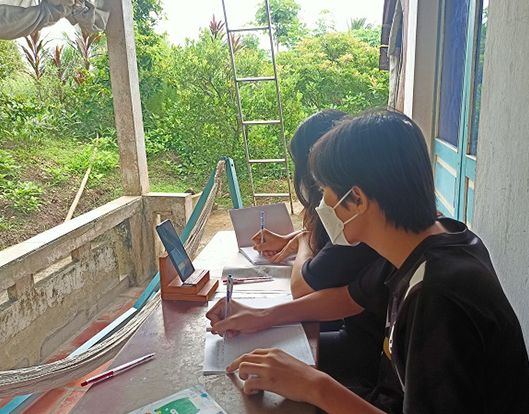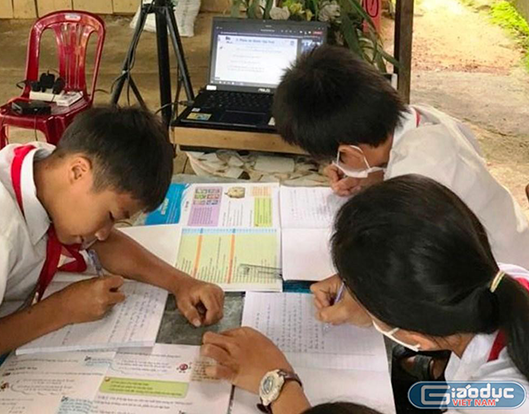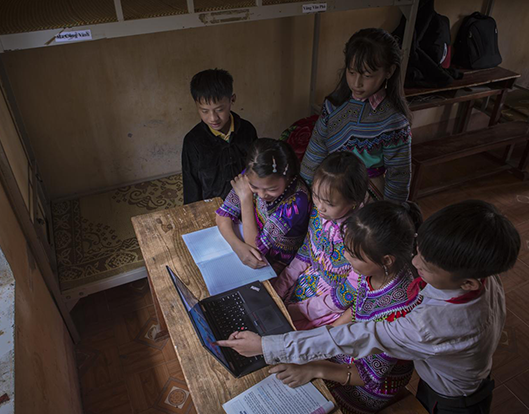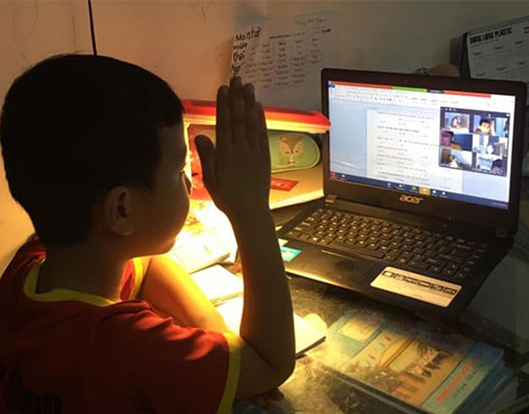
 Read more +12 June 2024 in All Reports, Articles, Related Content, Uncategorized
Read more +12 June 2024 in All Reports, Articles, Related Content, UncategorizedTIESEA Dissemination and Capacity Building Workshop
The month of April was certainly a busy time for the TIESEA team as the Dissemination and Capacity Building workshops were held in each of the four TIESEA countries. Each…
 Read more +10 May 2023 in Related Content
Read more +10 May 2023 in Related ContentADB Technical Assistance in the Philippines “EdTech Solutions for Last Mile Schools in COVID-19” featured in social media
TIESEA project is happy to share the feature of the ADB Edtech Solutions in Last Mile Schools TA in the Philippine Country Office social media: ADB EdTech Solutions for Last…
 Read more +31 January 2023 in Blog, News
Read more +31 January 2023 in Blog, NewsA new world of learning
As our TIESEA project moves further into its exciting interventions phase it is timely to consider what happens next in learning? We are at the start of the most exciting…










